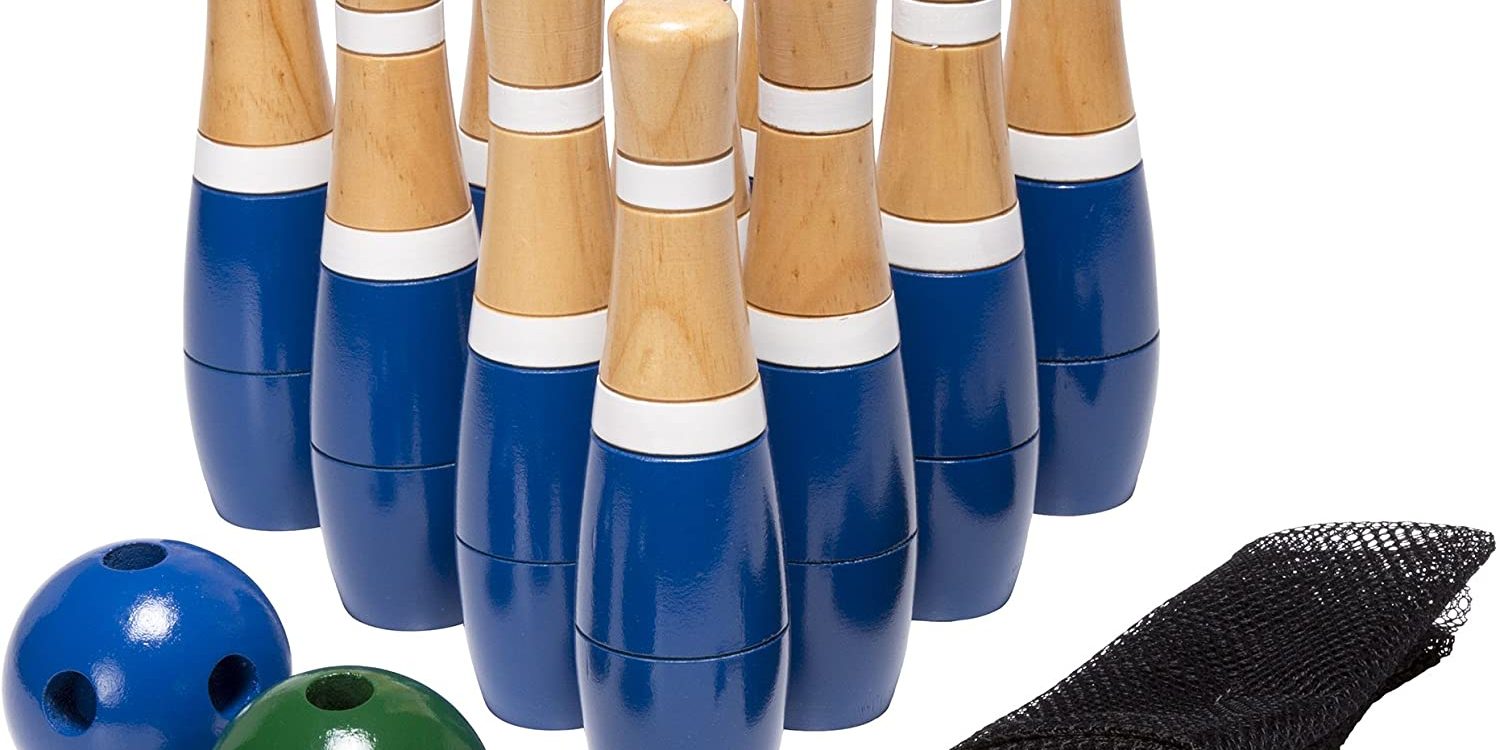Bowling pins are the essential target in the sport of bowling, and understanding their construction and characteristics can provide valuable insights for bowlers of all levels. In this blog post, we’ll take a closer look at the anatomy of a bowling pin.
Composition of a Bowling Pin
Bowling pins are traditionally made from a combination of maple and pine wood. This wood provides the right balance of weight and durability. Each pin is 15 inches tall and has a cylindrical shape with a narrow neck and a wider base.
Pin Weight and Balance
The weight of a bowling pin plays a significant role in its stability and how it reacts to pin collisions. A standard bowling pin weighs approximately 3.5 pounds (1.59 kg). The pins are carefully balanced to ensure that they stand upright after each roll, while still being responsive to impacts from the bowling ball.
Pin Specifications
While bowling pins may look simple, they are subject to specific regulations and standards set by organizations like the United States Bowling Congress (USBC). These standards dictate the pin’s dimensions, weight, and markings. Professional bowlers rely on the consistency of these specifications to gauge their performance accurately.
Pin Care and Maintenance
Bowling center staff play a crucial role in maintaining the condition of the pins. Regular inspections ensure that pins are not damaged, chipped, or cracked. Damaged pins can affect the fairness of the game and potentially cause injuries. Well-maintained pins provide a consistent and enjoyable bowling experience for all.
Conclusion
Understanding the anatomy of a bowling pin is not just interesting trivia; it can also help bowlers improve their game. Knowing how the pins are designed and balanced can lead to better strategies and more accurate shots. It’s essential to respect and care for these essential components of the sport to ensure a fair and enjoyable bowling experience for everyone.






